Weight-optimised cloth. We only use the highest quality sail cloths in all our wings, and we not only test the cloth for durability (high porosity or reduced tear resistance through UV damage or wear) but also for mechanical robustness, for example stretching. For quality control purposes we regularly take samples during serial production. The BANTAM is made from the lightest cloth currently available on the market. It is also characterised by its small packing volume and high UV resistance.
Mini-Ribs. Mini-ribs increase the number of cells in the rear wing area and thus provide an aerodynamically optimised trailing edge. The mini-ribs of the BANTAM are particularly short - another measure to keep the paraglider as light as possible.
Upper surface vector tape. This tape reduces the crease that is created when braking. This markedly increases climb performance and handling. In the BANTAM, this vector tape runs just in front of the mini-ribs, which, for the sake of weight optimisation, are as short as possible.
Light risers. The Light Risers are ergonomic and like the paraglider itself, are designed to save weight on equipment. A pair of risers weighs only 160 g.
Holding pins. By means of small loops and wooden pins the paraglider can be easily secured for take off in very steep and slippery terrain - e.g. on snow. This prevents the glider from sliding down while being laid out. If you inflate the canopy, the pins will release automatically. Detailed instructions on how to use the holding pins can be found in the manual.
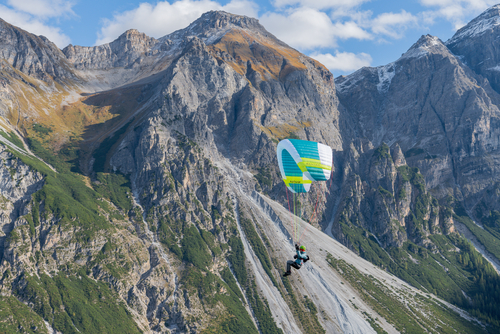
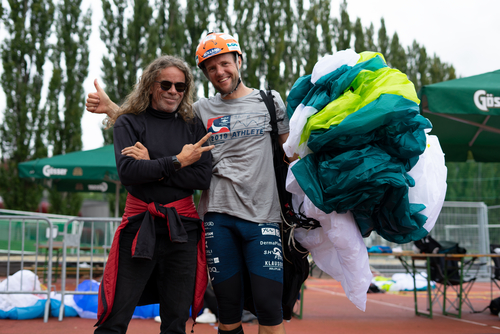
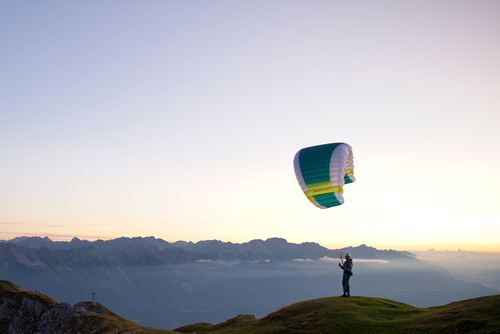
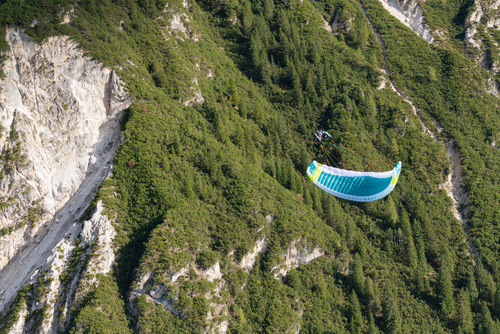
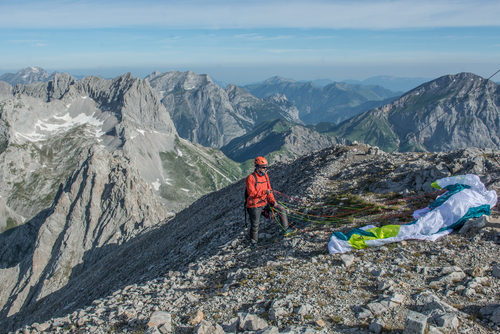
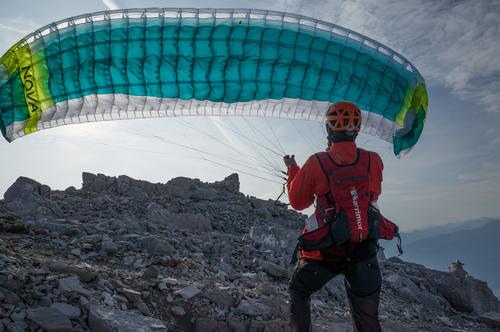
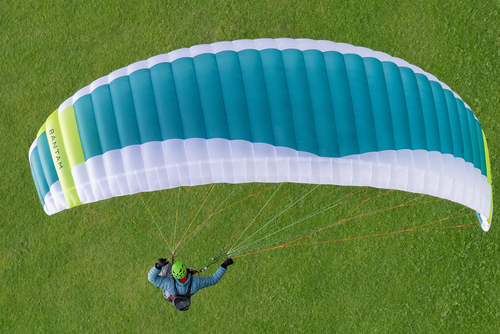
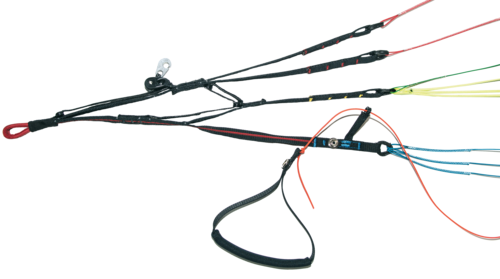
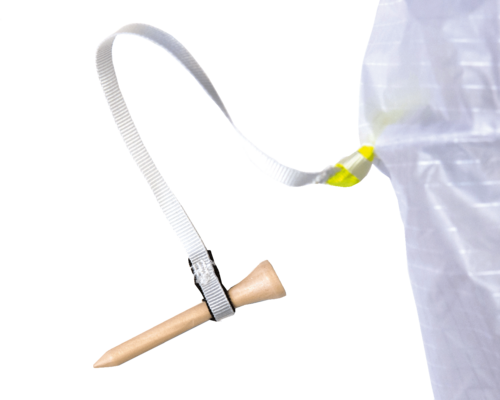
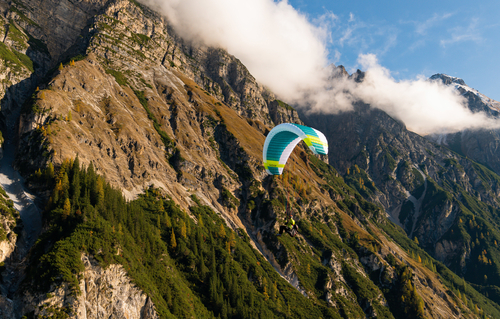
 Peacock
Peacock








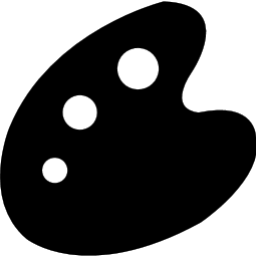

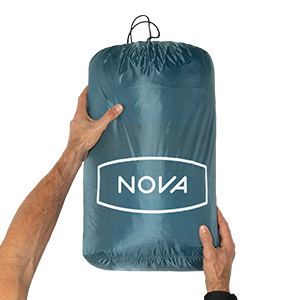 Mini Stuff Sack.
Mini Stuff Sack.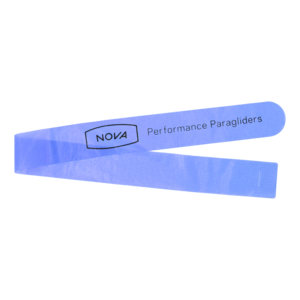 Simple Flag.
Simple Flag.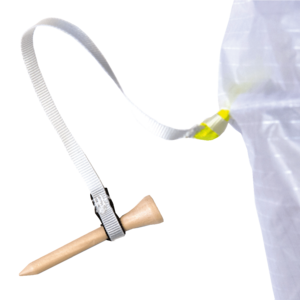 Holding-Pins.
Holding-Pins.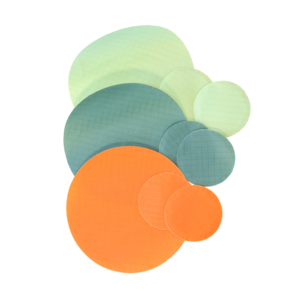 Repair kit.
Repair kit.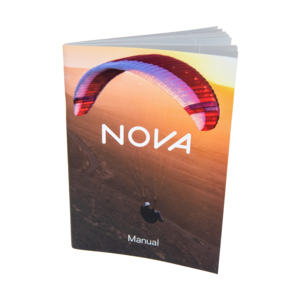 Manual.
Manual.